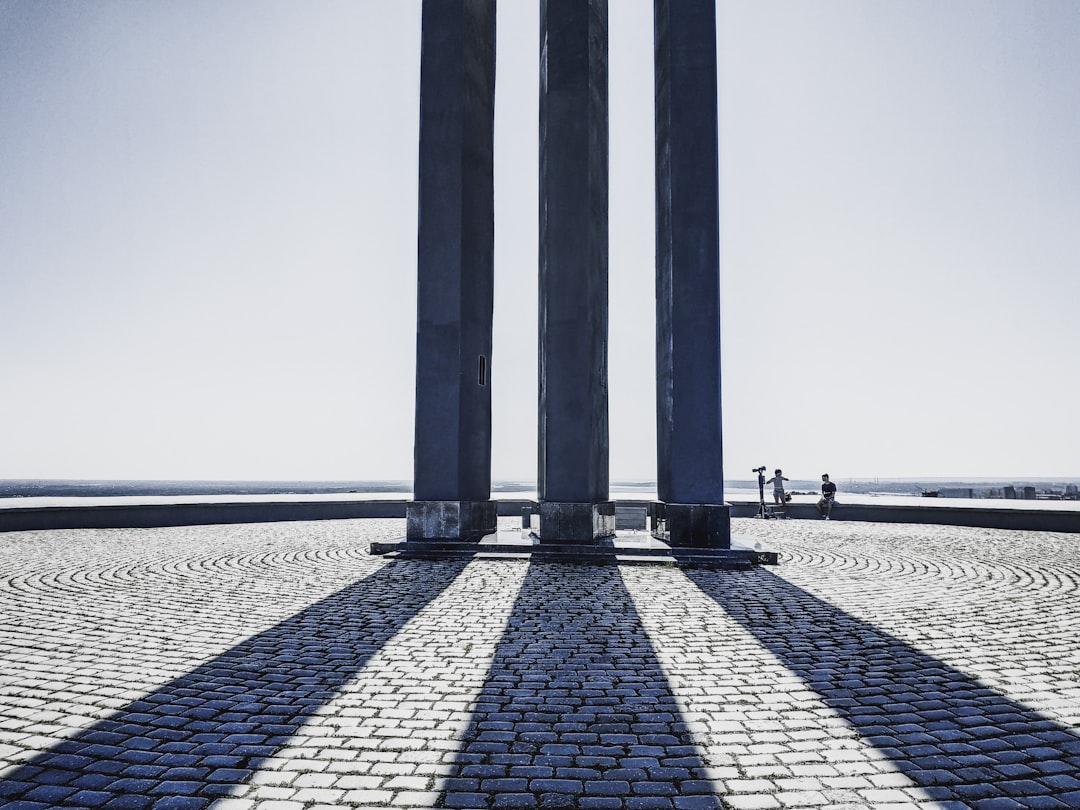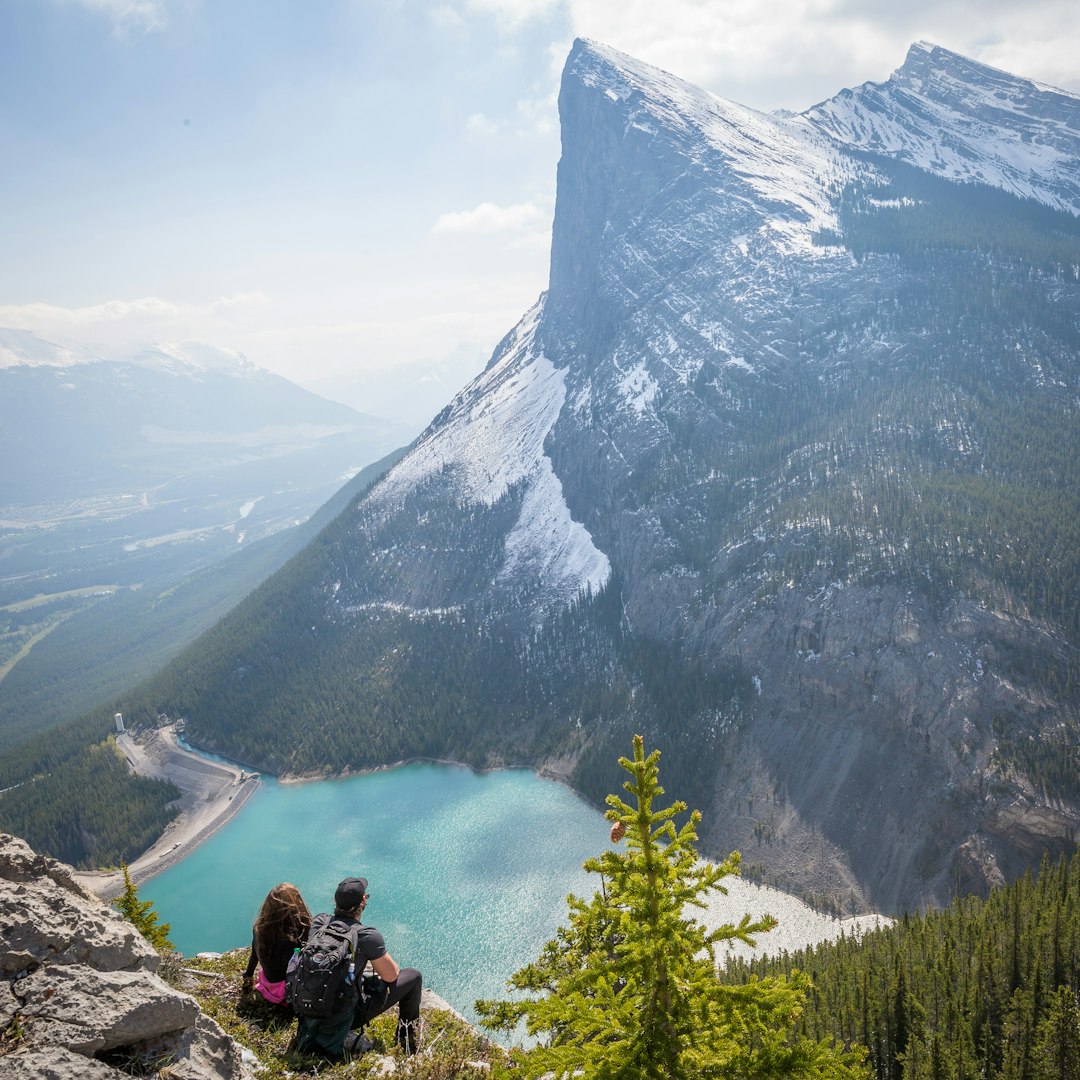
Monuments with Stunning Views: A Journey Through Time and Scenery.
# Introduction. Traveling often offers us breathtaking views, but when combined with the grandeur of monuments, the experience becomes unforgettable. Monuments stand as testaments to human history, culture, and achievement, and the vistas that accompany them can elevate a visit to extraordinary heights. This blog explores some of the world’s most remarkable monuments that not only tell a story but also provide stunning views that you won't want to miss. Let's dive into these architectural marvels nestled in dazzling landscapes. # 1. The Great Wall of China - A Wonder Above All. The Great Wall of China is an iconic structure that spans over 13,000 miles, offering breathtaking views of rolling hills and mountains. Built over centuries, this monumental wonder showcases ancient engineering and provides visitors with a unique chance to enjoy panoramic vistas of the surrounding landscapes. Hiking along the wall allows you to witness the natural beauty of China, complemented by serene valleys and rugged terrains. The sunrise and sunset over the Great Wall are particularly enchanting, casting warm hues over the centuries-old stones. # 2. The Colosseum - A Historical Icon in the Heart of Rome. Nestled in the bustling heart of Rome, the Colosseum stands as a powerful symbol of the Roman Empire. This ancient amphitheater not only offers a glimpse into the past with its impressive architecture but also boasts spectacular views of the surrounding Forum and Palatine Hill. Ascending to higher tiers of the Colosseum affords visitors stunning views of the Eternal City, especially as the sun begins to set, painting the sky in shades of orange and pink. Exploring this monument gives you a sense of the grandeur of ancient Rome, coupled with photo opportunities against a backdrop of one of the most picturesque cities in the world. # 3. Machu Picchu - The Lost City Among the Clouds. Machu Picchu is perhaps one of the most famous and awe-inspiring monuments in the world. Set high in the Andes Mountains of Peru, this ancient Incan city offers stunning views of the surrounding peaks and lush valley below. The journey to Machu Picchu is an adventure in itself, with hiking trails leading through captivating landscapes. Once you arrive, the architectural brilliance of the ancient site comes into view, framed by the majestic mountains enveloping it. The early morning mist adds a mystical quality to the experience, making it a must-see for any traveler. # 4. The Pyramids of Giza - Timeless Wonders Against a Desert Backdrop. The Pyramids of Giza are among the most recognizable monuments on Earth, standing proudly on the outskirts of Cairo. The vast desert surrounding the pyramids creates a stark yet beautiful contrast to the monumental structures. From standing at the base of the Great Pyramid, visitors can gaze across the desert sands, catching sight of the Sphinx and the endless horizon. A sunset view from this ancient wonder is truly magical, as the sand dunes glow with golden hues while the silhouettes of the pyramids become more pronounced, creating an unforgettable scene. # 5. The Acropolis of Athens - A Cultural Beacon Overlooking the City. The Acropolis is a symbol of ancient Greece and a UNESCO World Heritage site. Perched atop a rocky outcrop, this historic site offers sweeping views of Athens and its vibrant cityscape. As you explore the Parthenon and surrounding structures, the backdrop of the modern city against the ancient ruins creates a striking contrast. Whether visiting during the day or at dusk, the views from the Acropolis provide a unique perspective, giving you a deep appreciation of the influence of ancient culture on the contemporary city. # 6. Christ the Redeemer - A Guardian Over Rio de Janeiro. Sitting atop Corcovado Mountain, the Christ the Redeemer statue is a beloved icon of Brazil. With arms outstretched, the statue offers not merely a religious symbol but also iconic views of Rio de Janeiro. Visitors can ascend the mountain by train, absorbing breathtaking views of the city as they climb. As you approach, the panoramic vista of Sugarloaf Mountain, the beaches of Copacabana, and the sprawling city unfolds, captivating everyone who makes the journey. At sunset, the backdrop against the statue is simply dramatic, making for stunning photographs. # Conclusion. Monuments are more than just buildings; they embody history and culture while providing breathtaking views that can linger in our memories forever. The Great Wall of China, the Colosseum, Machu Picchu, the Pyramids of Giza, the Acropolis, and Christ the Redeemer all offer unique perspectives on their respective locations and a chance to appreciate the beauty of our world through a historical lens. Exploring these remarkable sites allows us to connect with the past while indulging in stunning vistas, delivering a travel experience that is nothing short of extraordinary. .







